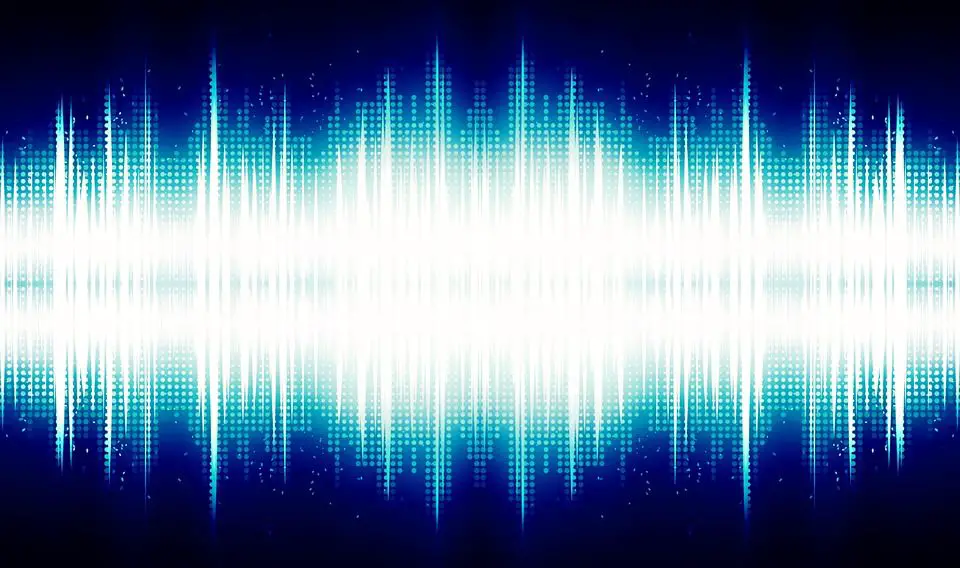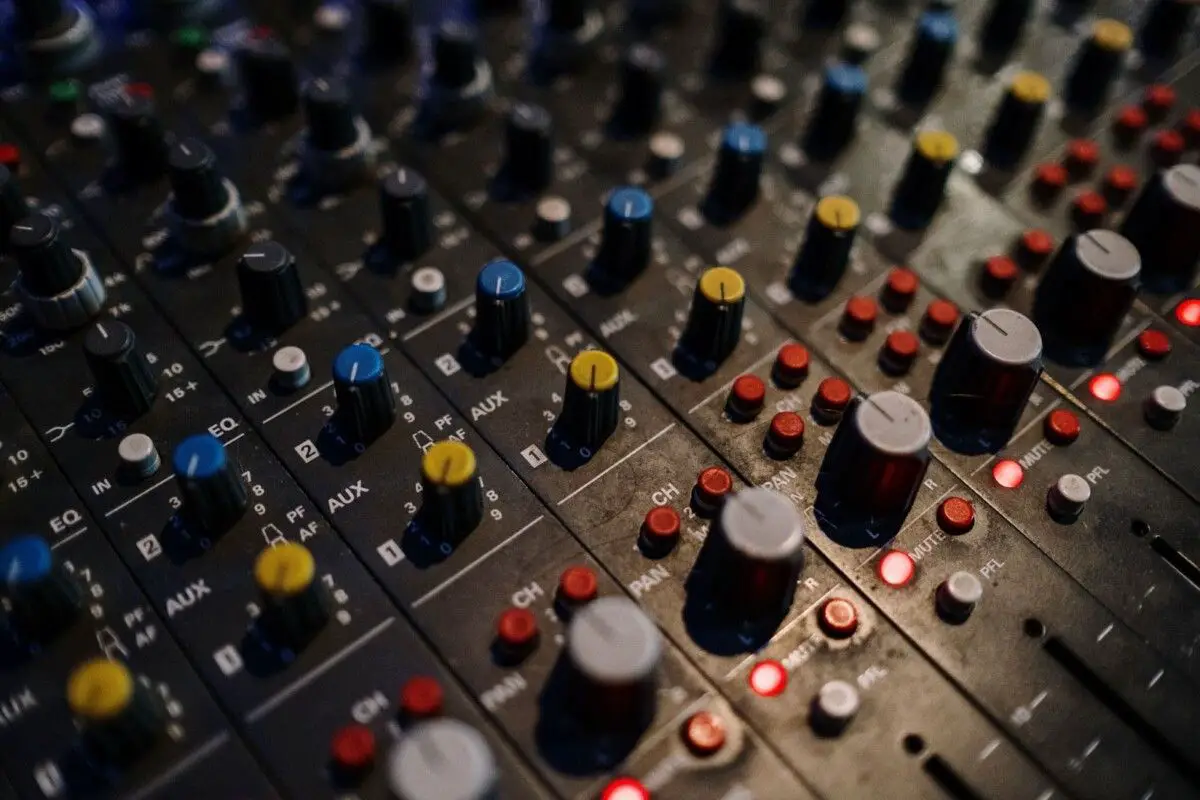
First of all, we have to get something out of the way with this article, and that is the fact that there is a big difference between using an equalizer for improving or modifying the way you listen to music and using it for music production.
In this article we will cover using it for listening purposes only, this is changing the EQ settings on your phone, Spotify, or any other equalizer that’s available.
What is the Best Equalizer Setting?
If you truly want the best setting for listening to music, that would be not to do anything at all, that is, setting everything to 0.
But there are some instances in which you might want to change it and play around with it a little bit, mostly because it might enhance the experience for you, using a specific pair of headphones that could use a bass boost, or maybe your car speakers need more mids, it all depends on the listener but keep in mind that the default settings were set by a producer.
If you change the eq of a song, it will distort the sound to a degree, because you are changing the original master of a song, but if you know what you’re doing, then the option is there for you on many platforms.
What is an Equalizer?
When you apply the concept of an equalizer in music production, it can be easy to understand but hard to master, however in the context of just listening to music, an EQ is just a tool to make a more customized experience, and while it does come with its warnings, it’s very easy to use.
In any case, an equalizer or EQ is a filter that can isolate frequencies and give you control over how much of each frequency you want, for example, you can boost the lower frequencies to get more bass, or you may want to cut them to give more space to other frequencies and instruments.
Over the past few years, equalizers have been incorporated into several devices, including home stereo systems, car audio systems, and apps, which allows you to tailor the experience depending on a genre of music or device.
In the end, these types of EQs are all about your own personal preference, but if you really want to get the best setting and sound, you also have to understand a few basic concepts so you don’t end up with some unwanted sound distortion or lack of frequencies.
Lows 20 Hz to 60 Hz
These are the lowest frequencies that you can hear at parties and clubs, for example, you will hear it through a bass guitar, a sub-bass, or a low kick drum which makes a room or a car, so it adds a lot of power and body to the track. When moving around this area be careful you don’t go too hard on these frequencies, as you will not be able to have clear audio and it will just be one big low hum.
Lower Mids 60 Hz to 250 Hz)
These frequencies are probably some of the most important as they cover anything from bass to low-pitched guitars and more. Around these frequencies, you will be able to boost the sounds of the bass and other low sounds, so this is where you will probably spend a lot of time if you like electronic music or hip hop.
Mids (250Hz to 1500Hz)
You’ll have the easiest time hearing these frequencies, so boosting the mids, even just a little, can be very apparent, almost as if you’re turning up the volume. If you want instruments like guitars and vocals to really shine, boost the mids. Boost these if you really want clearer vocals.
Upper mids (1500 Hz to 6600 Hz)
It starts to get a little high with these, but it’s still an important part of equalizing This is the frequency that can damage your hearing the most, in other words, it will be a little uncomfortable for you. When properly amplified, the upper mids will produce a ringing sound like a bell.
Super Highs (6600 Hz to 20,000 Hz)
They are the highest frequencies, so high that, like the lowest, they can be hard to hear, but they still do a lot. Most of the time you won’t need to get near these frequencies, but still, we warn you, don’t boot these ones too much, unless you want to feel pain instead of listening to music.
Best Equalizer Settings For Each Genre
While we already said that the best equalizer settings is when you do nothing, there is room for some tweaks if you want to emphasize a certain instrument or sound when listening to music.
If that’s the case then you should keep in mind that there are different genres that benefit from some alterations and frequencies.
Pop
If you want to adjust your EQ for pop, then you must focus on strengthening the mid-range frequencies, as these will help songs shine through the vocals, which is the most important part of pop music.
Electronic Music
If you love listening to electronic music most of the time the bass is what will give it the punch you’re looking for.
You can increase the lower frequencies and a little bit of the higher ones to strike a good balance. Just remember to leave the mids where they are and not overdo it with the lower frequencies.
Rock
Rock is a bit of a mixed bag when it comes to frequencies, so you can play around a bit with the lower and higher end equally.
Just don’t play around too much with the mid-range, since boosting this frequency will distort the mix.
Hip Hop
For hip hop, you’d want to give a bit of a bass boost as well as a mid-range boost for the vocals, that way, you’ll have a strong kick as well as clear vocals.
Best Equalizer for any Setting

If you want to adjust the equalizer for a specific device or room, then it’s not a matter of music genre, is a matter of the type of speakers you are using.
This is very important because setting this up properly will let you enjoy every genre without any loss in quality.
Home Stereo System
This is the one that people often take the most time with, and despite having the same system as other people, you will not find a recipe for perfection when it comes to EQ balance at home.
This is also due to the different architecture and acoustics in your house, which will affect the overall sound.
Play around with it and find what you like the most, although we do recommend you use music you tend to listen to, that way you already know what is sounding properly and what isn’t.
Car
Unfortunately, there is no “best setting” for car audio, since every car will give you a slightly different sound with different speakers, so you’ll have to check it by ear if you like it or not.
Just remember if you want to really feel the car vibrating with bass and kicks, boost the low end, if you want to have a clearer voice and sound, boost the mids, and if you want to get all those guitars, brass, and strings, then boost the higher end.
Conclusion
Equalization after mixing and mastering was made accessible to allow more freedom for listeners and give them the possibility to tailor the experience depending on their situation, device, and preferred genre.
However, it’s important to know that any EQ change made, will also potentially distort or alter some sounds in some tracks, which is why the answer to what the best equalizer settings is to just leave it be.
If you do want to tinker with it, you need to know the basics, such as audio frequencies, and the sounds that occupy said frequencies.
That is why we took the time to explain some of these basic concepts, to help you have the best experience with music anywhere you want!